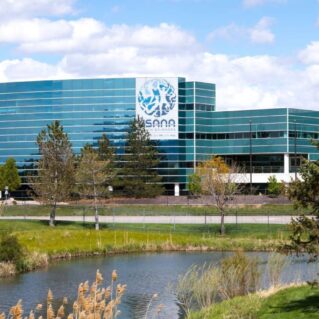With inflation across decades, it can be difficult to accurately compare how much groceries, houses and life in general cost each generation. In a new study by Consumer Affairs that analyzed data from the U.S. Bureau of Labor Statistics, the U.S. Census, the National Association of Realtors and the Education Data Board, the disparity between the costs each generation has faced is now quantifiable.
According to the study, Gen Z has 86% less purchasing power today than the Baby Boomer generation had in their twenties. The cost of public and private school tuition has risen by 310% and 245%, respectively, since the 1970s, and gas costs Gen Z and Millennial drivers 57% more per gallon of gas than Baby Boomers experienced in their twenties.
Even adjusted for inflation, the median home price in 2022 is nearly double what it was in 1970. And for those who choose to rent instead, the news isn’t much better. Median rent has increased 150% since 1970. Even when housing prices dipped during the Great Recession, median rent did not. The result is a generation of young professionals who spend an inordinate amount of their income on rent, making saving for an increasingly expensive home an even greater challenge.
There are also external pressures that the study examined but couldn’t truly quantify, including how the world is just more expensive than it was in the seventies. To keep up with jobs and daily life today, it’s almost a necessity to have an expensive cell phone and internet service. And as the price of those high-end goods continue climbing, incomes remain relatively stagnant. The average consumer price index (CPI) has risen over 500% since 1970. During that same time, wages increased by only 80%.
Today’s average income simply can’t keep up with the cost of living, and the data shows that the youngest generations of consumers are struggling to make purchase that are typical for their stage of life.


